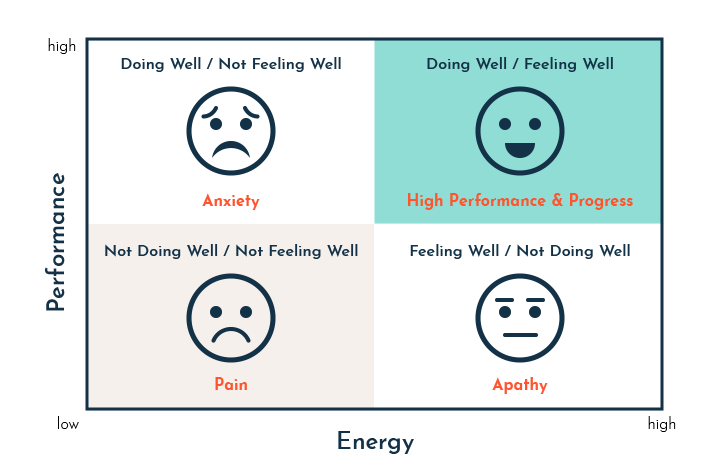Are you at risk of burn-out?
It’s official. ‘Burn-out’ is a Thing – or rather it’s a syndrome. The World Health Organization has reclassified it in the latest edition of the International Classification of Diseases (ICD), that will come into effect in January 2022.
Burn-out will be officially listed as an ‘occupational syndrome’ that results from “chronic workplace stress that has not been successfully managed”. The ICD goes further and specifies that it is a work-related term and “should not be applied to describe experiences in other areas of life.”1
Research by WHO suggests that burn-out occurs when the demands of a job far outweigh the rewards, recognition, and times of relaxation. Workers who are burned out can feel like their ambitions, idealism, and sense of worth are slowly draining away and whilst the financial implications from loss of productivity are clear, burnout also impacts public health.2
The new WHO definition suggests that burn-out is characterised by “feelings of energy depletion or exhaustion; increased mental distance from one’s job, or feelings of negativism or cynicism related to one’s job; and reduced professional efficacy.”3
This makes sense.
A certain level of stress can be good – it can motivate, energise and stretch us to learn – but it needs to be in balance with individual capacity of physical, mental and emotional energy, knowledge and skills. Stress that is out of balance over an extended period of time – chronic stress – is debilitating.
<<Related post: Three ways to do more with less as a leader>>
What’s the solution to burn-out?
Simply put, intentionally fostering wellbeing in the workplace is the antidote and prevention for burn-out.
The figure below shows the impact of an imbalance of performance demands and individual physical, mental and emotional energy.

The Pain zone is where we are not feeling well or doing well. We feel de-energised, disconnected and overwhelmed. This is a pain point – our work performance is low and we don’t feel able to do anything about it. Helpless and hopeless.
In the Anxiety zone, we may be performing well, but not feeling well as we achieve these good results. Constantly ‘on’ and powered on adrenaline, we feel anxious and stressed about how to keep going and whether we can. We are mentally and physically fragile.
Both the Anxiety and the Pain zones run the risk of burn-out.
The Apathy zone is where we have energy – we are feeling well – but we’re not being in our performance. This lack of stretch and challenge creates underperformance. We are ‘cruising’, and as a result can feel lethargic, unmotivated and apathetic.
The High-Performance zone is the sweet spot, where we have the energy to meet performance demands – we are feeling well and doing well. In this zone, we have the physical, mental and emotional energy to meet demands and we make progress as we are stretched and supported to achieve high performance. Because of this, burn-out is not an issue in the High-Performance zone.
Research indicates that leaders play a critical role in reducing the risk of burn-out by intentionally supporting and modelling investment in wellbeing for themselves and their teams.4
What are you doing to support your own and others’ wellbeing?

Dr Paige Williams
International Speaker, Author, Mentor
Determined to help leaders move beyond just the need for resilience, Paige provides practical, evidence-based strategies for leaders to become antifragile, lead themselves and their teams to thrive and succeed in the Decade of Disruption.






